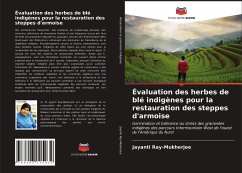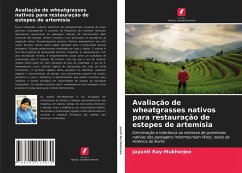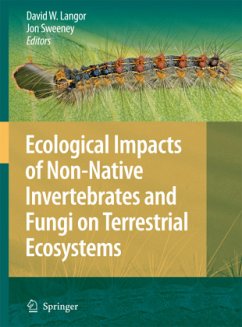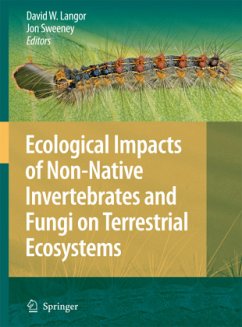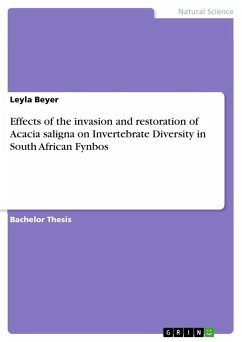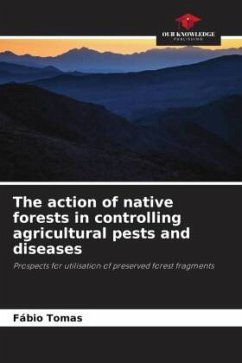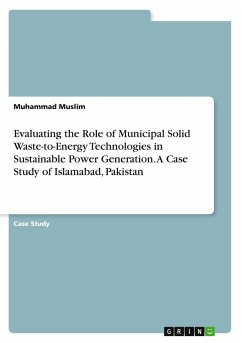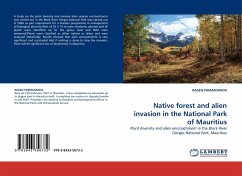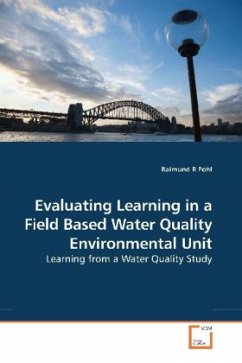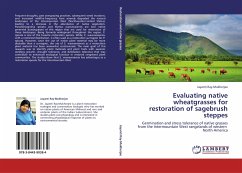
Evaluating native wheatgrasses for restoration of sagebrush steppes
Germination and stress tolerance of native grasses from the Intermountain West rangelands of western North America
Versandkostenfrei!
Versandfertig in 6-10 Tagen
45,99 €
inkl. MwSt.

PAYBACK Punkte
23 °P sammeln!
Frequent droughts, past overgrazing practices, subsequent weed invasions, and increased wildfire frequency have severely degraded the natural landscapes of the Intermountain West (Northwestern United States), leading to a decrease in the abundance of native vegetation. Pseudoroegneria spicata and Elymus wawawaiensis are two native perennial bunchgrasses of this region that are used for restoration of these landscapes. Being formerly widespread throughout the region, P. spicata is one of the favorite restoration species. While, E. wawawaiensis, with a restricted distribution, is often used as a...
Frequent droughts, past overgrazing practices, subsequent weed invasions, and increased wildfire frequency have severely degraded the natural landscapes of the Intermountain West (Northwestern United States), leading to a decrease in the abundance of native vegetation. Pseudoroegneria spicata and Elymus wawawaiensis are two native perennial bunchgrasses of this region that are used for restoration of these landscapes. Being formerly widespread throughout the region, P. spicata is one of the favorite restoration species. While, E. wawawaiensis, with a restricted distribution, is often used as a restoration surrogate for P. spicata. However, since the use of native plant material may be more desirable than a surrogate, the use of E. wawawaiensis as a restoration plant material has been somewhat controversial. The main goal of this research was to identify plant materials and plant traits with superior seedling growth, drought tolerance, and defoliation tolerance that may contributeto enhanced ecological function in restored rangeland plant communities. The studies show that E. wawawaiensis has advantages as a restoration species for the Intermountain West.



